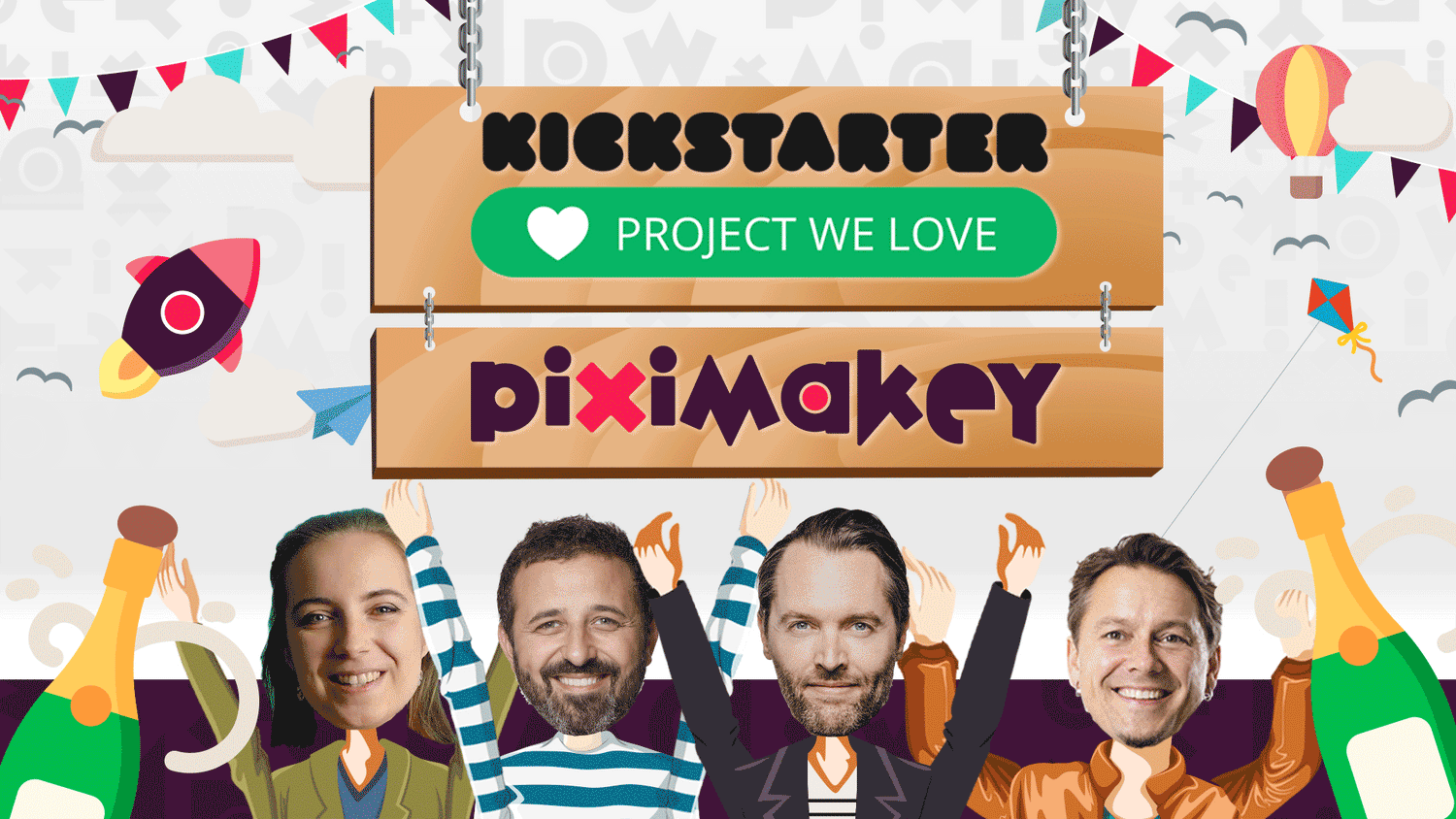Hi, We are Piximakey
Based on game design, pedagogy, learning and a team of creative souls, we have created Piximakey.
A learning universe for children and adults can explore materials, tools and creative play with animation.
Our journey started in the autumn of 2020 with a successful Kickstarter, which has formed the breeding ground for a vision tobring animated learning into homes and schools around the world.
The background of Piximakey
In this film, we discuss some of the consequences of children's increased passive screen time, which gives rise to debate in both homes and educational institutions around the world.
Take a guided tour through the history of digital play and creative literacy skills.
Hear about the background of the development and embark on a journey that focuses on the importance of skills in the 21st century and animated learning.
Talking about 21st Century Learning
21st century skills
In the real world, there is a need for programmers, designers, graphic designers, copywriters, marketers and usability experts to work together - across operating systems, disciplines, priorities and working methods.
21st century skillsets are first and foremost about being able to collaborate, communicate and problem-free in an interdisciplinary community. It is this colorful and complex world that Spilværk wants to prepare children and young people for.
Games, Play and Digital Creative Empowerment
Piximakey is a small design company working on game-based learning and digital creativity. At a time when children and young people are major consumers of a lot of technologies, we see a need to transform young consumers into creators. Although there has been more focus on digital competencies in the education sector, there is often a one-sided focus on technical competencies, linked to a specific platform.
Created By Game Designers
Piximakey is created by game designers, educated at the IT University of Copenhagen. However, it is not the computer that is in focus, In the development of Piximakey. Design thinking is a skill that can be learned using very simple props, but can be transferred to almost anything once you know the method. Even if the end product needs a computer, the idea must first be tested with prototypes - sketches, cardboard models, drafts, drafts. The prototype is tested, the results are analyzed, and a new improved prototype is developed. The design process is iterative - it requires repetition to reach goals.


